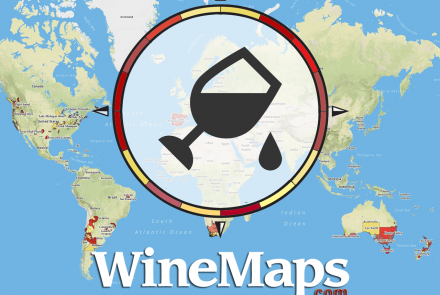Northern slopes, in geographical and environmental terms, refer to the section of a mountain, hill, or any steep landscape that faces north.
Compared to southern slopes, northern slopes often receive less sunlight throughout the day due to their orientation to the sun, which is on a southern trajectory in the Northern Hemisphere. This has key implications on the local climate, flora, fauna, and human habitation.
In temperate climates, this aspect is cooler and often more humid than south-facing slopes, leading to different types and densities of vegetation. For instance, in some places, these slopes are typically populated by shade-tolerant and cold-resistant plant species, as they get less solar exposure.
Northern slopes can also influence land use such as farming and construction, due to its unique and challenging conditions. For instance, vineyards are often planted on the south-facing slopes in the Northern Hemisphere to maximize sunlight exposure.
Climbing or hiking on northern slopes can have different challenges than southern slopes. Features like icy conditions, less direct sunlight, and unique vegetation can make northern slopes more difficult to navigate.
Similarly, in the Southern Hemisphere, the roles are reversed and it's the southern slopes that receive less sunlight and display similar characteristics.


